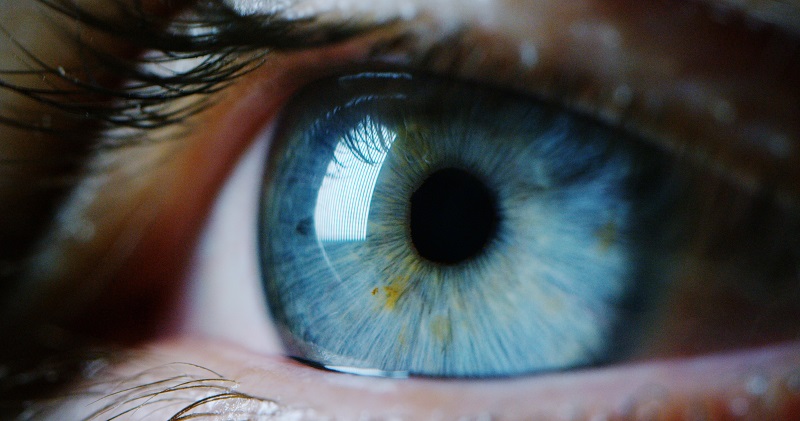May invites us to evaluate our eye care regiment with Healthy Vision Month. While everyone should take steps to protect their sight all year round, this month serves as a reminder to protect our eyes. When a person loses some or all of their vision, it can have an enormous impact on their life and livelihood.
What Can I Do to Protect My Vision?
Even if you are in excellent health, you should still take action to protect your vision. A healthy diet and exercise are a great start. Also remember to:
- Wear sunglasses when you go outdoors – even if it is cloudy!
- Give your eyes a break when staring at a computer or device screen
- Get enough sleep every night to refresh your eyes
- Avoid bad habits like smoking and excessive drinking
- Adjust nearby lighting to decrease glare on computer screens
- Make sure you blink often, especially when looking at a device or computer
- Soothe dry eyes with lubricating eye drops as needed
- Always wear protective eyewear when engaging in sports and high-risk activities
- Have regular eye exams even if you aren’t having any problems
How Can I Help Spread Awareness During Healthy Vision Month?
There are several things you can do to help spread awareness during healthy vision month. Tell friends and family about this month’s focus. Share tips and information to help them protect their vision. You can also post information on social media to reach more people.
Volunteering is another great way to celebrate Healthy Vision Month. Look for organizations that support eye care and individuals with blindness.
Most importantly, don’t forget to make an appointment with an ophthalmologist to have your eyes checked. Contact Grosinger, Spigelman & Grey Michigan’s Leading Eye Care Physicians to schedule an exam.










